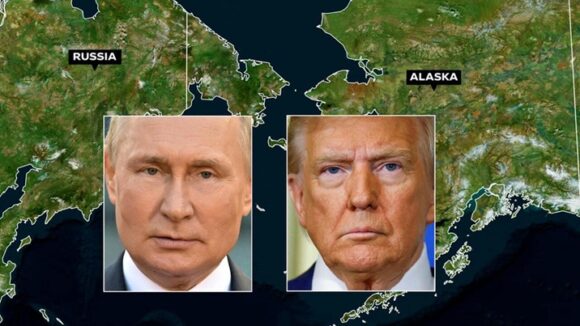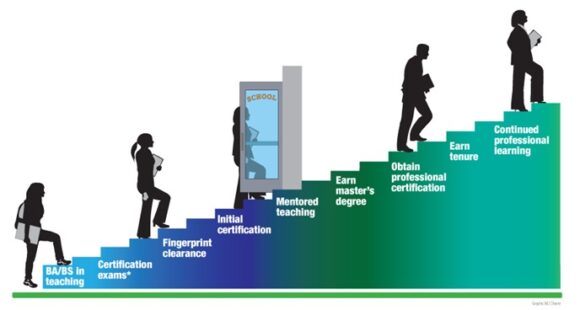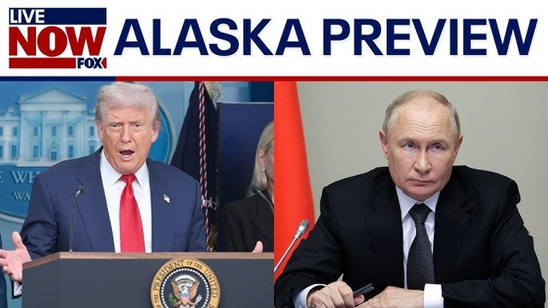Sienna Bolano
La Guera
Playlist for “Kimberle”
Lyric: ” And I would have stayed up with you all night
Had I known how to save a life”
Quote: ” “Are you listening to me?” I was, I really was. She was asking me to keep her from killing herself. There was no method chosen yet”
The author is Kimberle’s listening ear and trying to help her not kill herself while Kimberle feels nothing in her life is going right.
2.
Lyrics: “I’m in my bed
And you’re not here
And there’s no one to blame
But the drink in my wandering hands”
“What if I’m down?
What if I’m out?
What if I’m someone you won’t talk about?
I’m falling again, I’m falling again, I’m falling”
Quote: “Her girlfriend had caught her in flagrante delicto and walked out; depression had swallowed her in the aftermath. She couldn’t concentrate at her restaurant job, mixing up simple orders,
barking at the customers, so that it wasn’t long before she found herself at
the unemployment office”
Kimberle’s ex leaves her, ultimately making her life spiral out of her control, just like the song talks about.
3.
Lyric: ” Give another guy everything that belongs to you
I’ma call up Brian, I’ma FaceTime Ryan
I’ma text Lorenzo and I’ma leave you cryin’
Don’t get it twisted I can play this game too.”
Quote: “Not even a week had gone by when Kimberle brought another girl
home, this time an Eastern European professor who’d been implicated
with a Cuban during a semester abroad in Bucharest.”
This song can relate to Kimberle because in a way she’s getting revenge with all of these hookups after her breakup with her ex.
These last three songs don’t have specific links, but they remind me of the relationship that the author and Kimberle have. Its complicated, like friends, but more than friends. I also feel the last song is in a way how the author looks at Kimberle. It talks about smoking and being from hell, and since we find out Kimberle is the killer, it is also very similar to how I also see Kimberle.
Pandora’s Box
https://vocal.media/viva/the-struggles-of-being-a-woman
I chose this article because it really highlights the struggles of being a woman. The reading which shows the journey of Juan becoming Juanita. She learns how different being a woman is, and how its something you have to experience, not only see from the outside. Some quotes showing what she learns are:
“The first noticeable disadvantage, beyond the constant ogling of
disgusting men with IQ’s the size of peas,”
“I have learned to put up with PMS, a feeling of powerlessness, fear of men, not being listened to, having to help everyone all the time without being helped myself, impotent and all powerful at the same time”
“Men treat me as if I have no life of my own”
Comparison


Both of these pictures to me feel like they represent latinx culture and the community. In the bottom picture, they are immersed within their own culture. These two woman are beautifully dressed and obviously celebrating a holiday of some sort of it could be an important day. The top picture is of a Mexican and Native man. We don’t get much representation of our community so I love pictures like these. They could share the same culture and we could also have no idea whats occurring which is fascinating.
Mexican Heaven
“all the Mexican women refuse to cook or clean
or raise the kids or pay the bills or
make the bed or drive your bum ass to work or do anything except
watch their Novelas, so heaven is gross. The rats
are fat as roosters and the men I’ll die of starvation.”
I believe this relates to this part of the poem because Coco really shows how much Mexican mothers truly do for their families. Without the mothers, all of the men would not know what to do with themselves. Without them, they make rash decisions and simply cannot live with out their advice and nurture.
Porcupine Love Alternate Ending
I need some sort of advice. I haven’t seen my therapist since Antenna. I love her. I let her get away. But there’s a chance to fix it this time. Travel freely until we can’t even walk anymore. Do absolutely everything I never got to do with her or let myself do. But would it be different this time? There’s always the Porcupine Love that could get in the way. But i’ve always been about risks. What’s really keeping me here? I’m not even really happy. Content yes but not truly happy. My spirit guides tell me to be free. And that’s the only thing i needed to hear.
I’m booking the next flight to you. i’ll see you in two days.
I send the email and after packing, I get to the airport as fast as I can and prepare myself for this long journey. I need her. But my anxiety is at an all time high. Is this really the right decision? Yes. Seeing her will make this all worth while. 31 hours on a plane is exhausting but for Antenna, I’d do this forever. She’s meeting me here. I look around until we lock eyes. She’s even more perfect than I remember. I made the right choice. I love her.
What Have I Learned Conversation












